Dear Editors:
I took the enclosed photo of Hedgehogs in June 1961 on my ship USS Hector AR-7. Picture was taken on a DD alongside.
Dallas C. Henessee
Wichita, Kansas
Mr. Henessee’s letter is in response to our story on the exploits of the USS England during World War II, written by William H. Langenberg (Military Heritage, August 2005). The England was a destroyer escort that sank six Japanese submarines with the help of the hedgehog weapons system.
Dear Editors:
I am the leader of an adult orchestra in Dallas, Tex. One of my musicians served aboard the USS Houston in World War II and I was planning to introduce him and some other veterans at a recent concert. I had just begun to research the sinking of the Houston when I received my first copy of your magazine. Wow! This sure made it easy to get the information I wanted. There it was, right in my hands. A timely article if there ever was one.
But then I turned to the story of Confederate General A.P. Hill at Antietam and I saw red. Literally. As a former U.S. Army officer—and as such a loyal American—I am well aware that the color red on a military map identifies the enemy. And therein lies the problem. I am also a southerner and have grown weary of constantly being identified as an enemy any time I read about any of the battles in which my great-great grandfather fought. Confederate soldiers were Americans too, and we who are their descendants are also Americans. How much longer are we to be identified as “the enemy?” Please consider using the color gray to denote Confederates—red is quite offensive to loyal Americans who happen to be from the south.
The practice of designating southerners as “the enemy” when writing about battles fought on southern soil is particularly egregious. If anybody is to be identified as the enemy in this situation, it is those from the north.
I have no problem with marking Union positions with blue, but please refrain from continuing to use red to identify confederates. They wore gray.
Please re-admit us to the Union; we are no longer “the enemy.”
Larry Johnson
Mesquite, Texas
We’re sorry you find the use of the color red in our maps so objectionable. It’s used not to designate the “enemy,” but rather to create an easy to understand image. Gray is much harder to distinguish in our maps.
Benedict Arnold
Dear Editors:
I wish to make two small comments on the story “Tarnished Hero’s Victory.” The author mentions that Benedict Arnold’s invasion of Canada and the hardship his men endured rivaled Napoleon’s retreat from Moscow. It would have been better to have likened that invasion to that of Hannibal’s invasion of Italy from Spain, through France and the Alps. Arnold’s march was much more like Hannibal’s invasion than Napoleon’s retreat. In fact, Arnold has been called “America’s Hannibal” because of that invasion.
Also, it would have been better to mention that Benedict Arnold was again the hero of that turning point in our revolution called the Battle of Saratoga. For if Arnold hadn’t been there, we would have lost.
Raymond W. Mascetti
Torrington, Connecticut
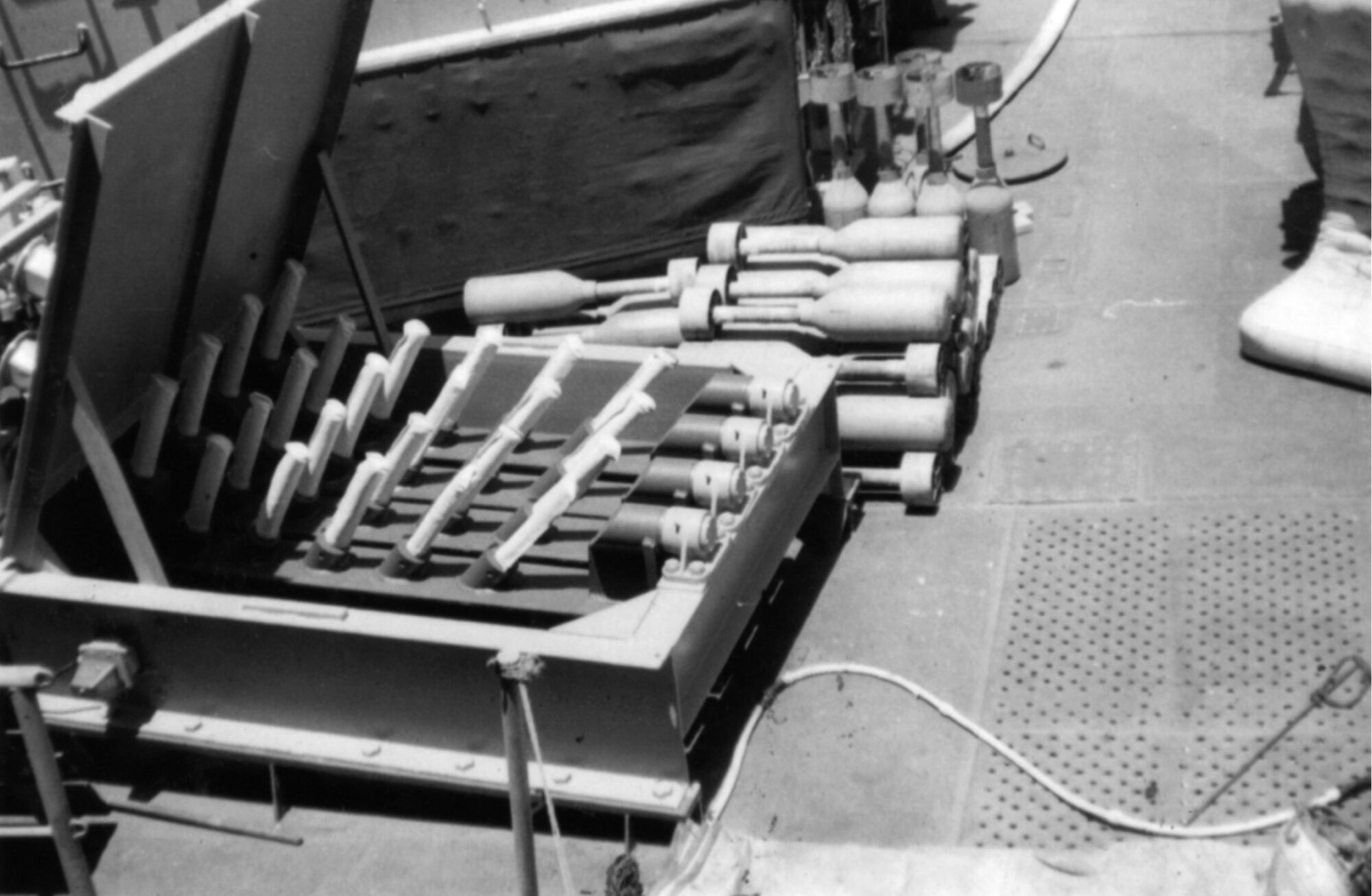

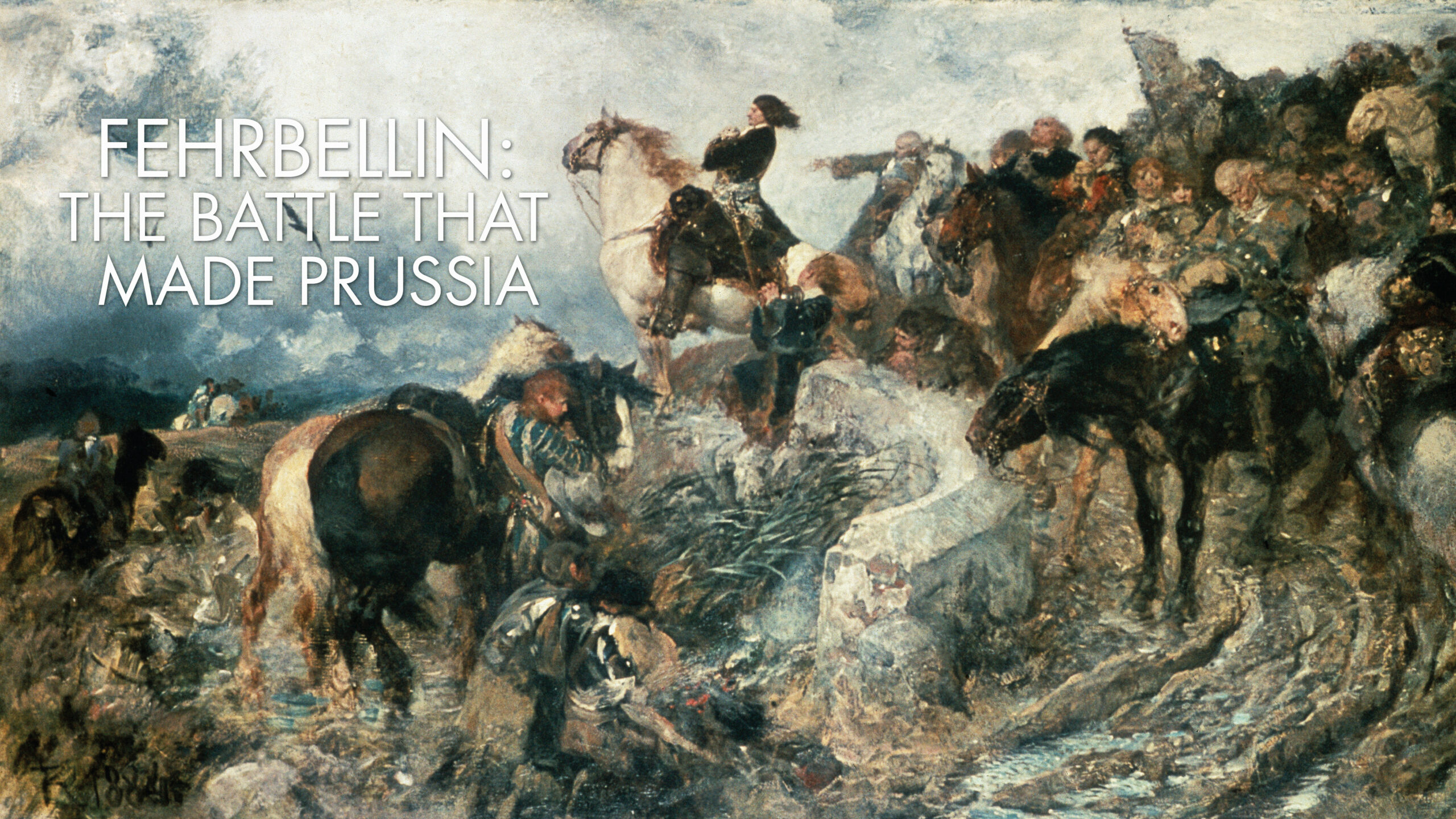
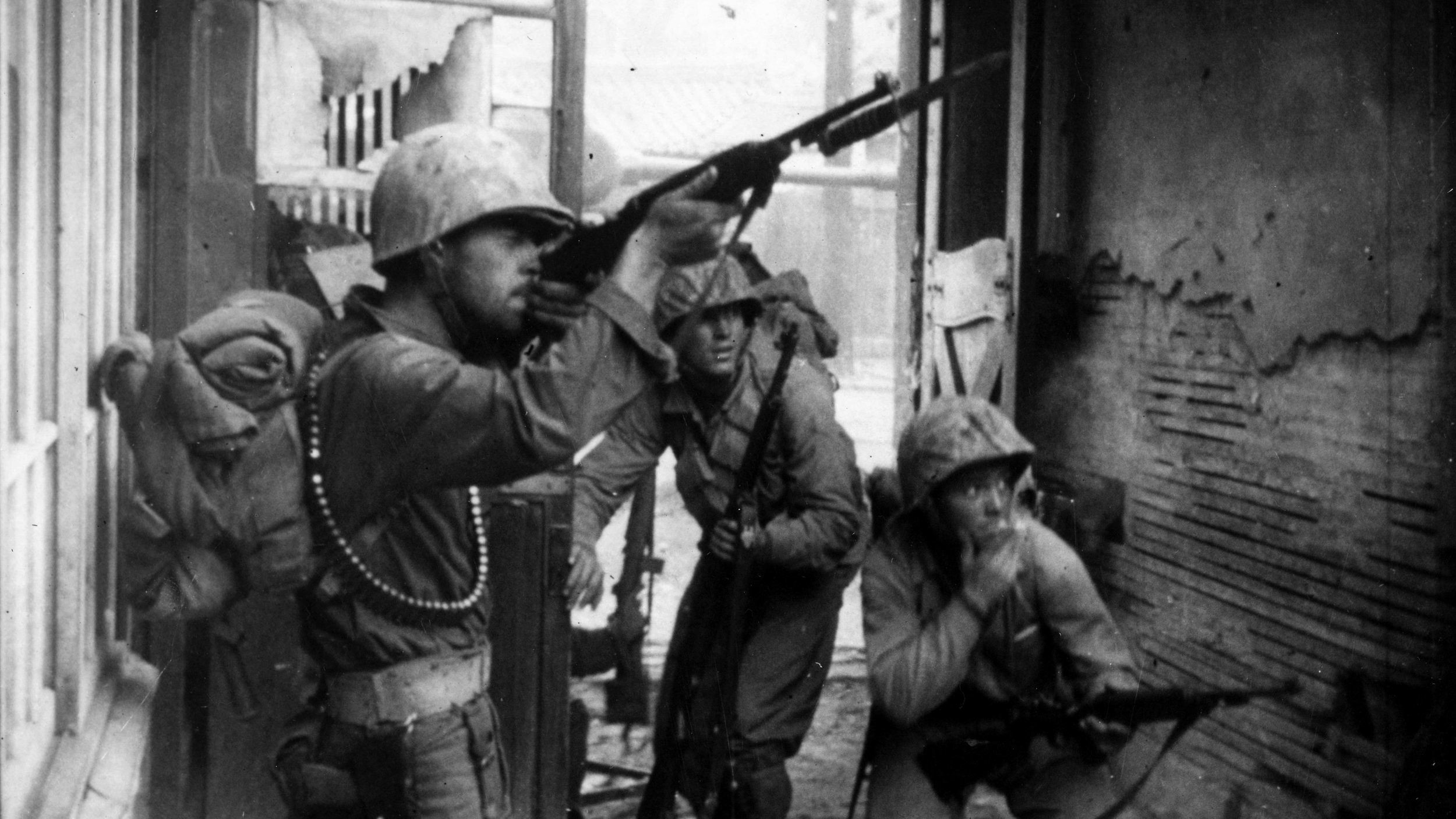
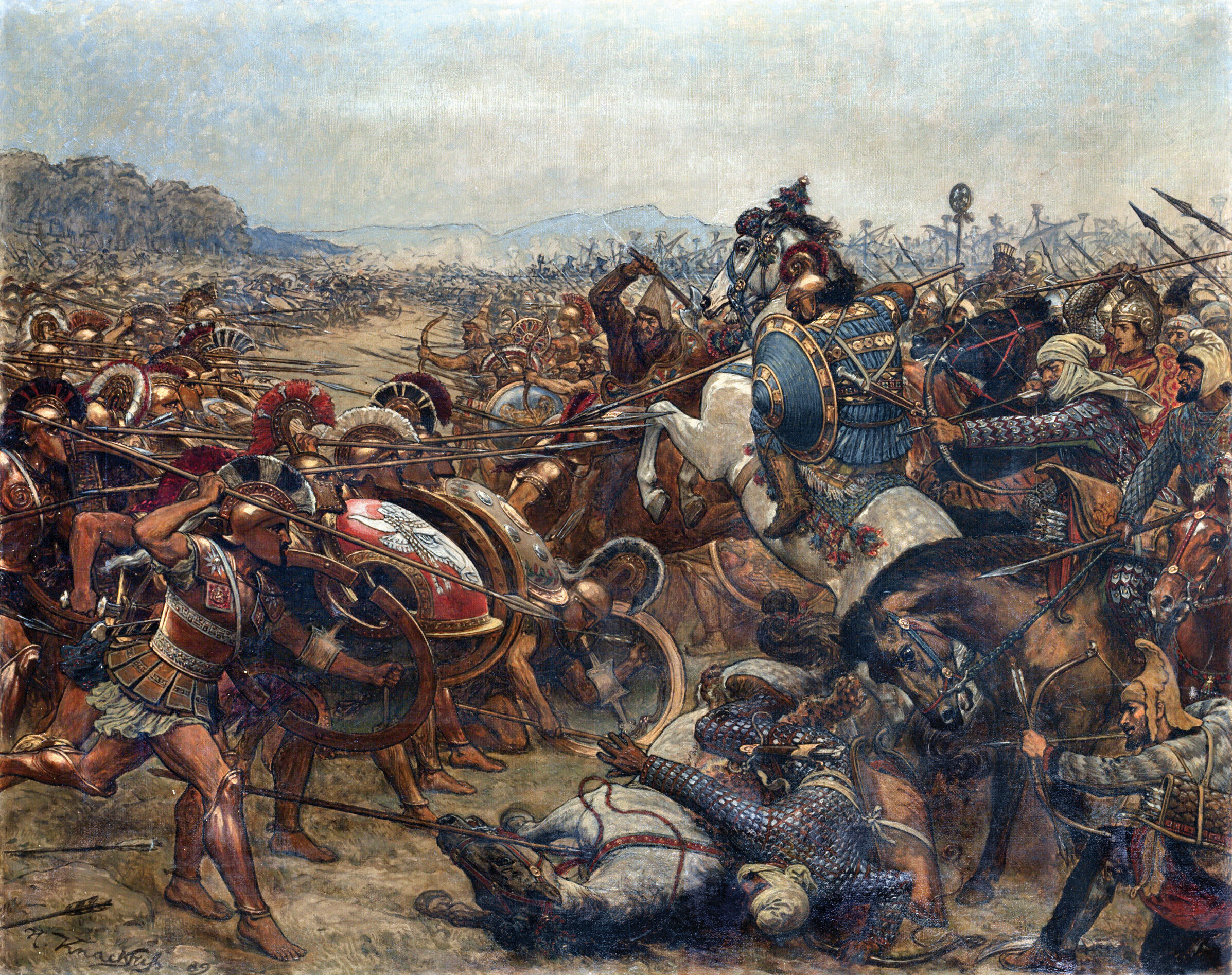
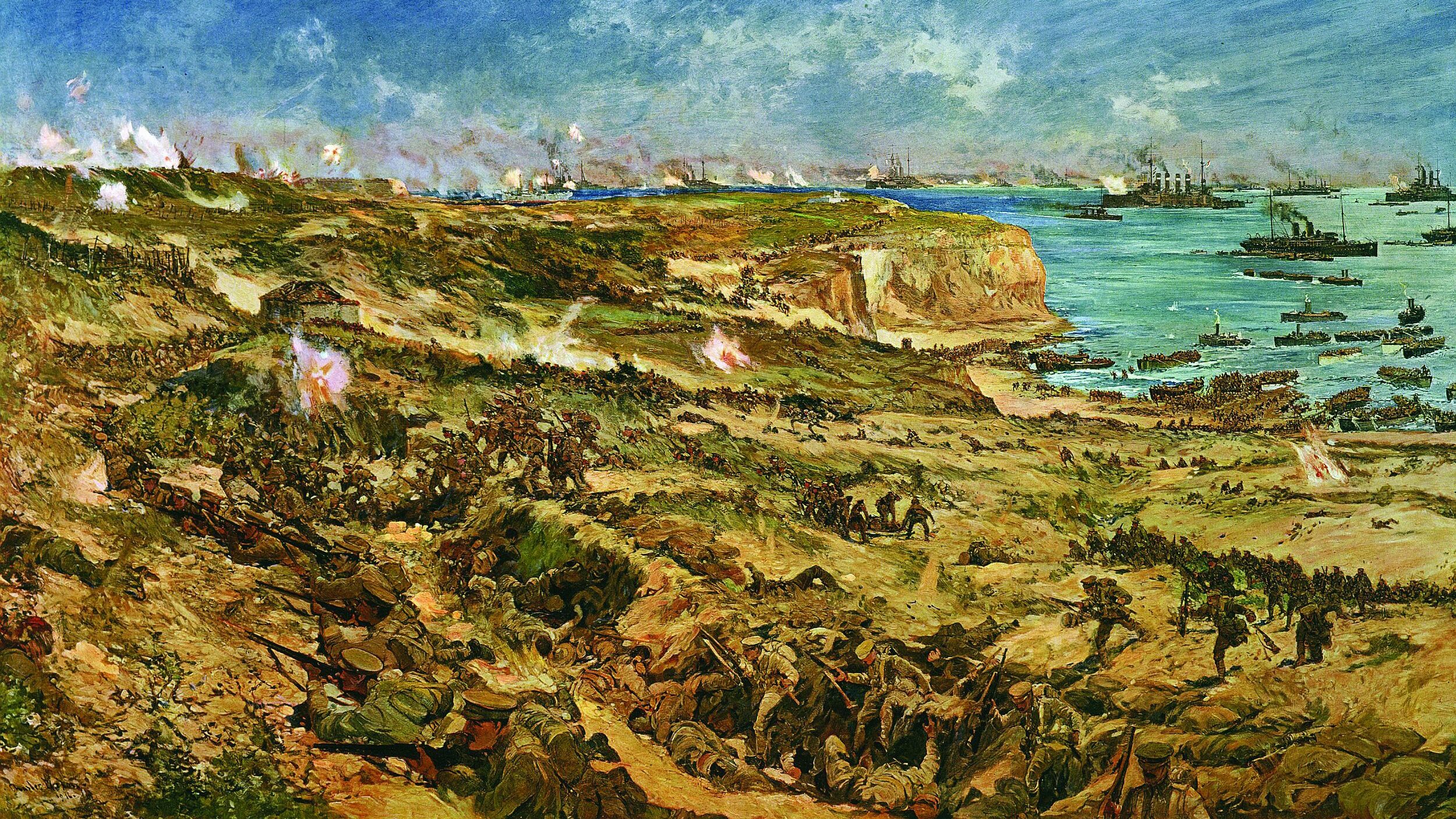
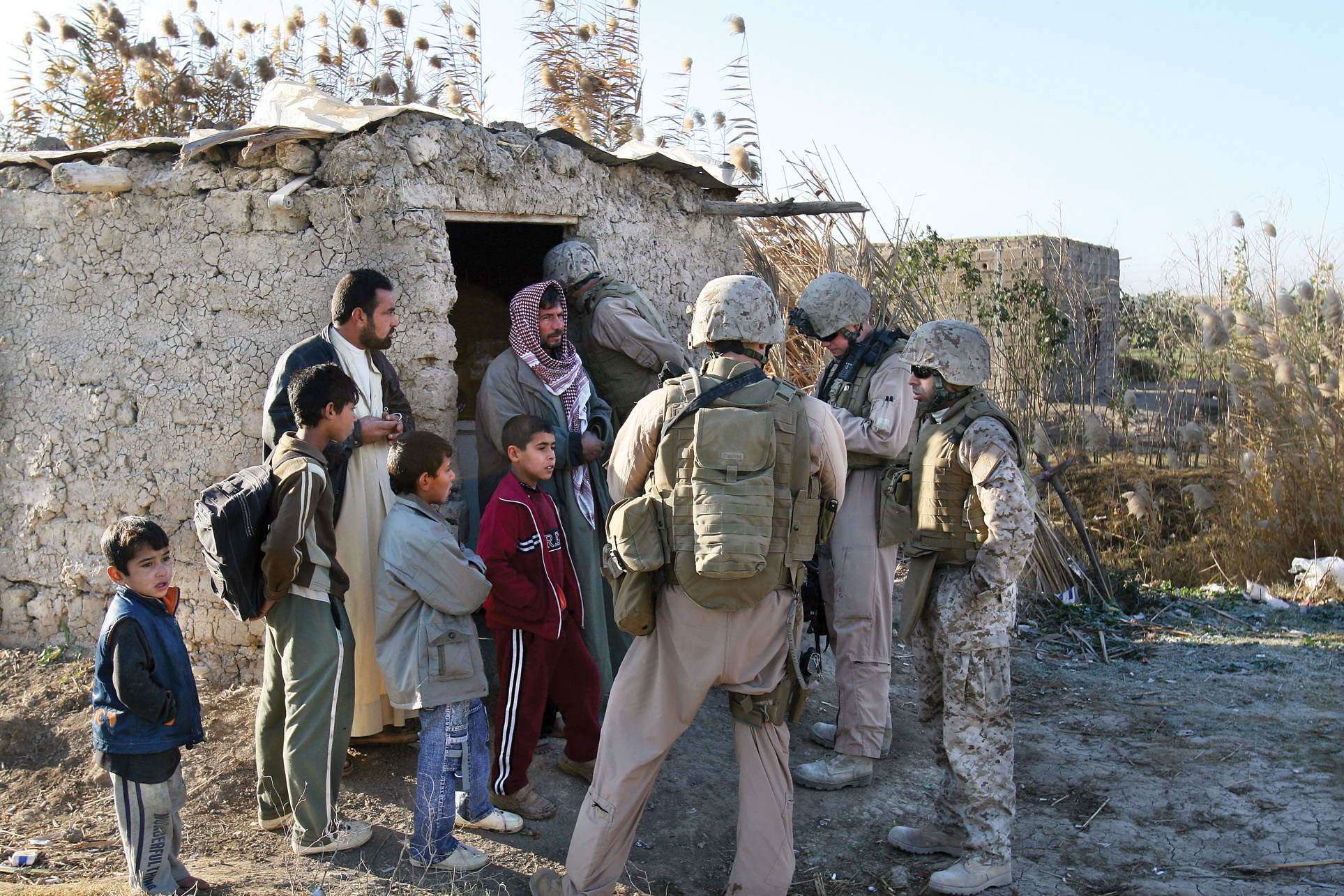
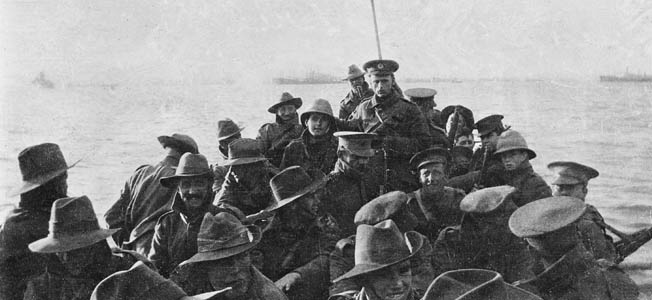

Join The Conversation
Comments
View All Comments